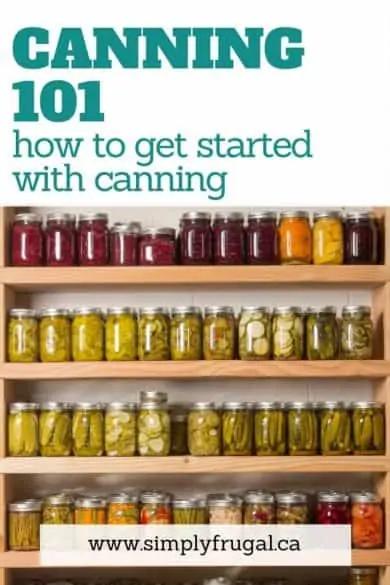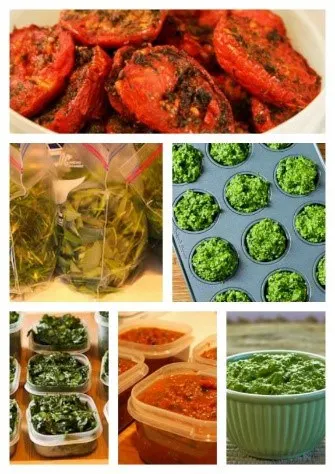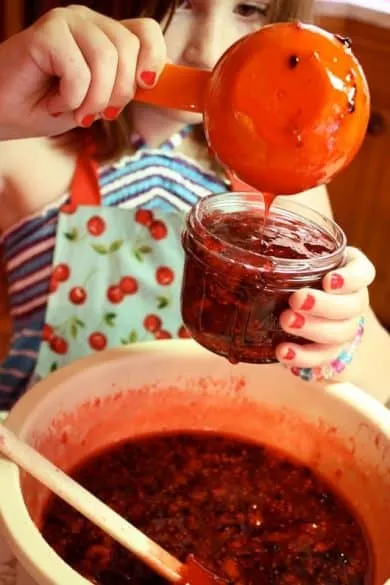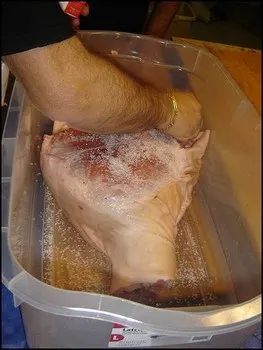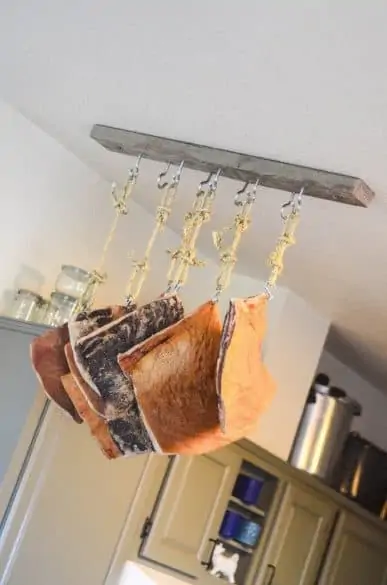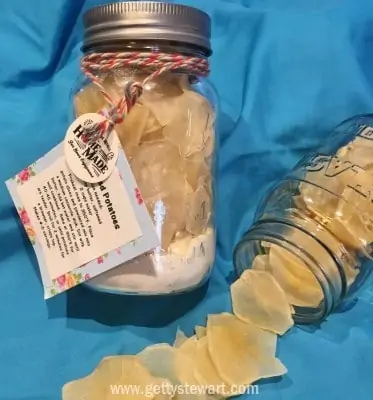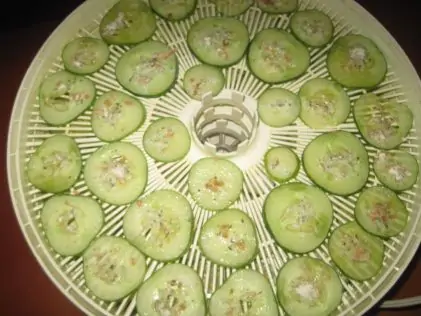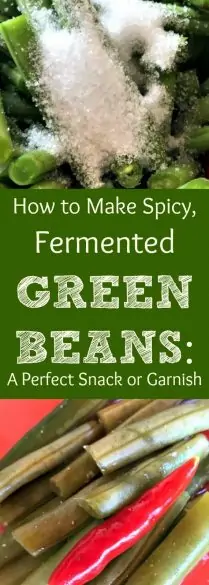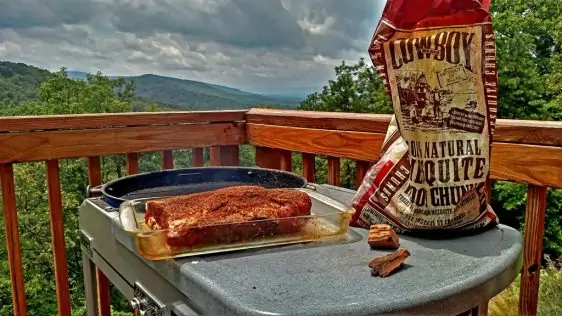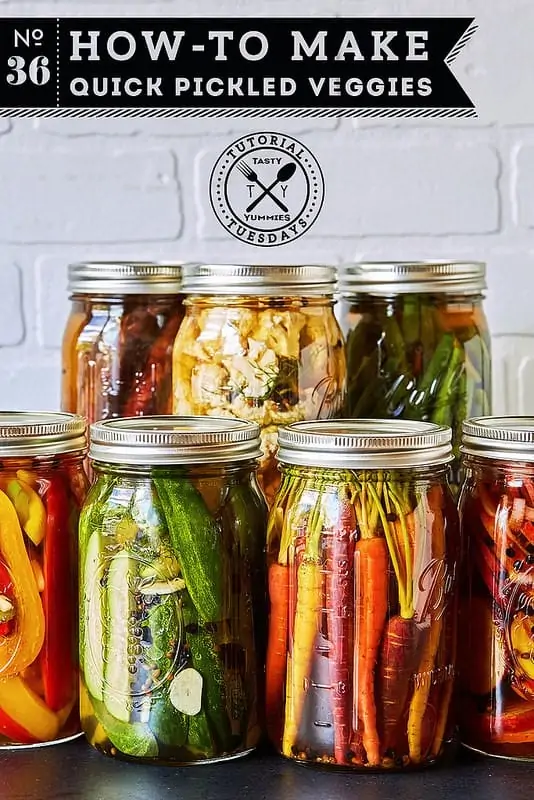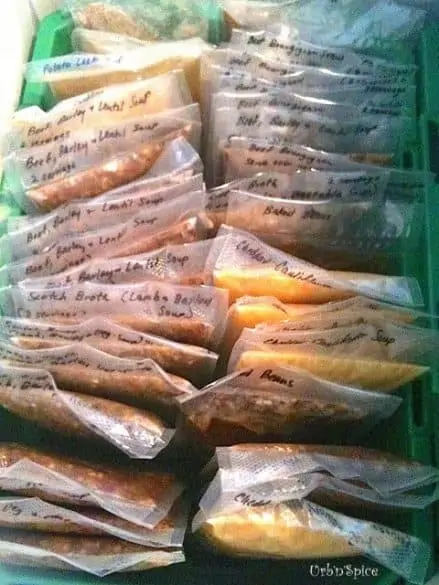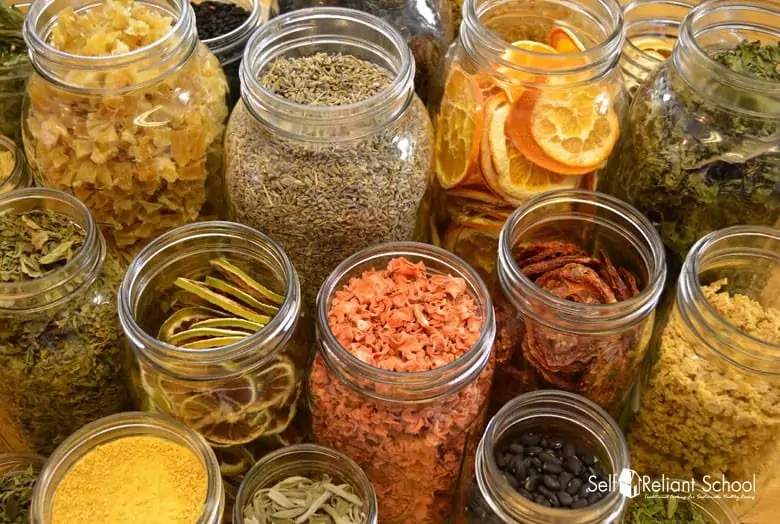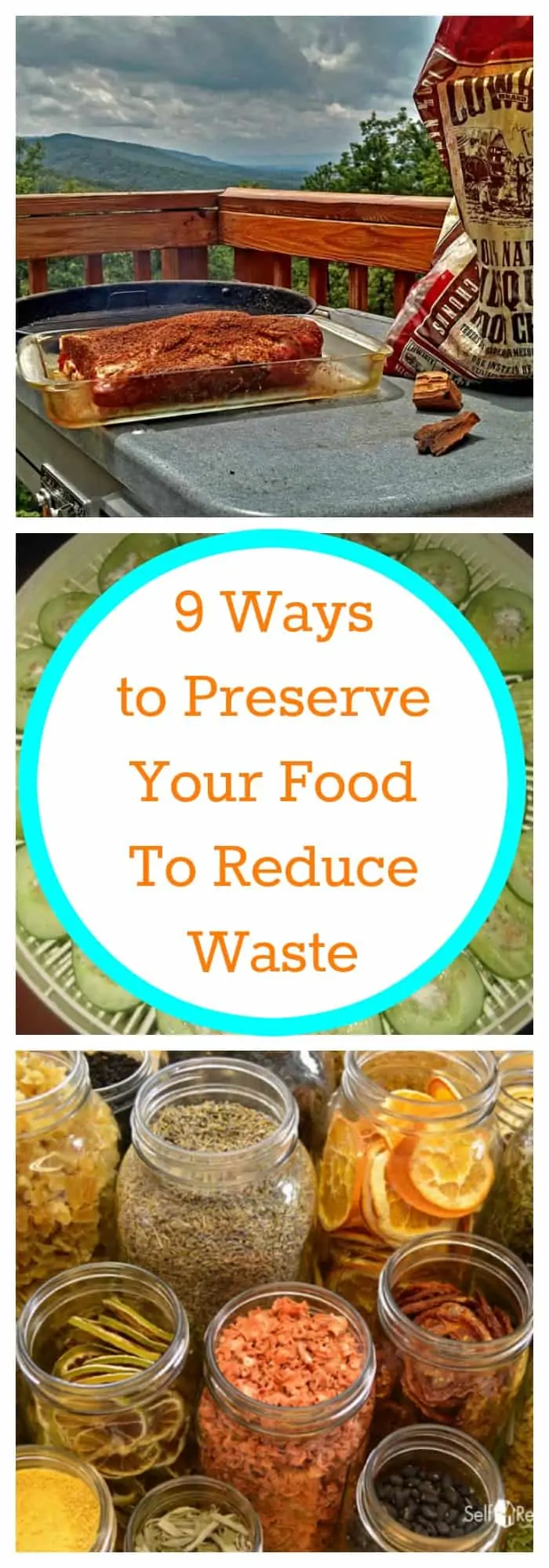According to a 2017 NYTimes article, we globally throw out 1.3 billion tons of food a year which translates into one-third of all the food that is grown. That’s a staggering amount of waste. Whether you choose traditional techniques and food options or go with more trendy choices; preserving your food at home is a great way to way to save food and money.
Canning
The first food preservation technique many home cooks think of is “canning”. Canning today doesn’t have to relate to farm harvests stored up for winter. The technique itself simply refers to heating foods to high temps and preserving them in containers like familiar mason jars. While canning is a longer process, there is something satisfying about a line of mason jars full of veggies, jellies and fruits. With jars and produce available at your grocery store, canning can still be a fun, nostalgic process to add to your pantry.
Freezing
Freezing your food as a preservation method is maybe the easiest way to start reducing waste. While you probably think about freezing prepared foods, leftovers and proteins; fresh herbs, tomatoes and other veggies are also great options to reduce waste when your garden overproduces. Having frozen herbs on hand can help flavor other meals too.
Freezer jelly is another easy way to put your freezer to use in preserving foods and doesn’t require the messy, hot techniques you might associate with traditional jelly and jam-making. Save money by using fresh fruit to create your own yummy freezer jams and jellies. Added bonus: by eliminating the boiling stovetop step, kids can easily help out too.
Sugaring
While this Scientific American article goes into great depth on how sugar (or salt) preserves food by reducing microbial growth; you just need to remember your favorite sugar-cured ham uses this food preservation method. You can dry cure food (rubbing sugar on the exterior) or use sugar as part of a salty brine to add sweetness.
Salting
Salting as a preservation method is the same process as using sugar. Salt is combined with water to create a brine. Soaking meat or fish in the brine can preserve the proteins for up to six months. Salt-cured bacon with a salt and sugar brine brings the centuries-old process into modern-day food preservation.
Dehydrating
Of all the food preservation techniques, dehydrating may be one of the most familiar. Dried fruit and fruit roll-ups are snack staples. Did you know you can dehydrate (dry) other foods like potatoes and cucumbers? Think outside the food dehydrator to other food options for drying.
Fermenting
Fermented foods including kimchi, sourdough bread, sauerkraut, kefir and kombucha have become a popular trend that spans many foods. Preserving through fermentation (defined as the action of microorganisms) not only saves food from wasting, it adds crucial probiotics through the process.
Smoking
Smoking your own meat at home not only preserves the protein, it adds a distinctive smoky flavor to meats, fish and chicken. While smoking steaks or brisket might be your first thought, smoked baked potatoes can add a fun twist to a traditional side dish.
Pickling
Pickling isn’t just for cucumbers anymore. Home food preservers are branching out from traditional cucumber pickles to pickling fruits, brussel sprouts, and okra. Adding flavor through spices is another way to bring pickling into the present. A “quick pickle” is a great option for busy home cooks requiring only a small amount of time in pickling liquid (usually vinegar and salt or sugar).
Vacuum Sealing
If you see traditional preservation methods as a little messy and time-consuming, the vacuum sealer might be a great choice. Using a vacuum sealer not only seals in flavors, it is an option for meal prepping that can go straight into your freezer or fridge.
Whether you are preserving food as a fun project or to feed your family, check out these additional fun tips to start a food preservation journey to save food and money!
https://www.nytimes.com/2017/12/12/climate/food-waste-emissions.html
